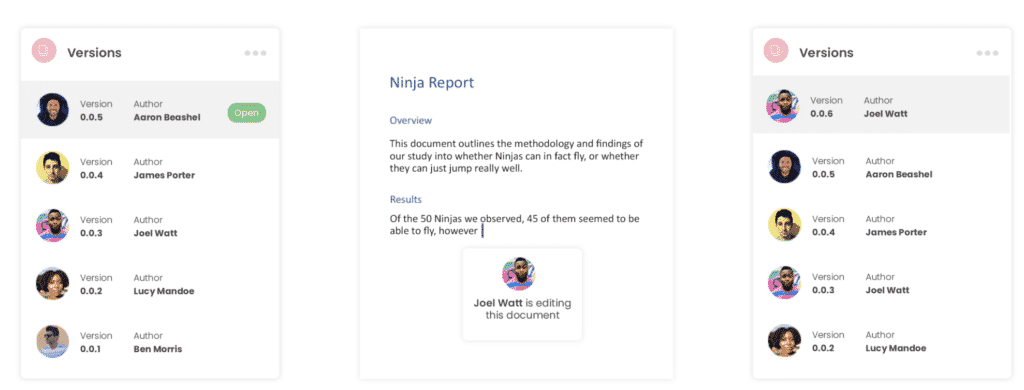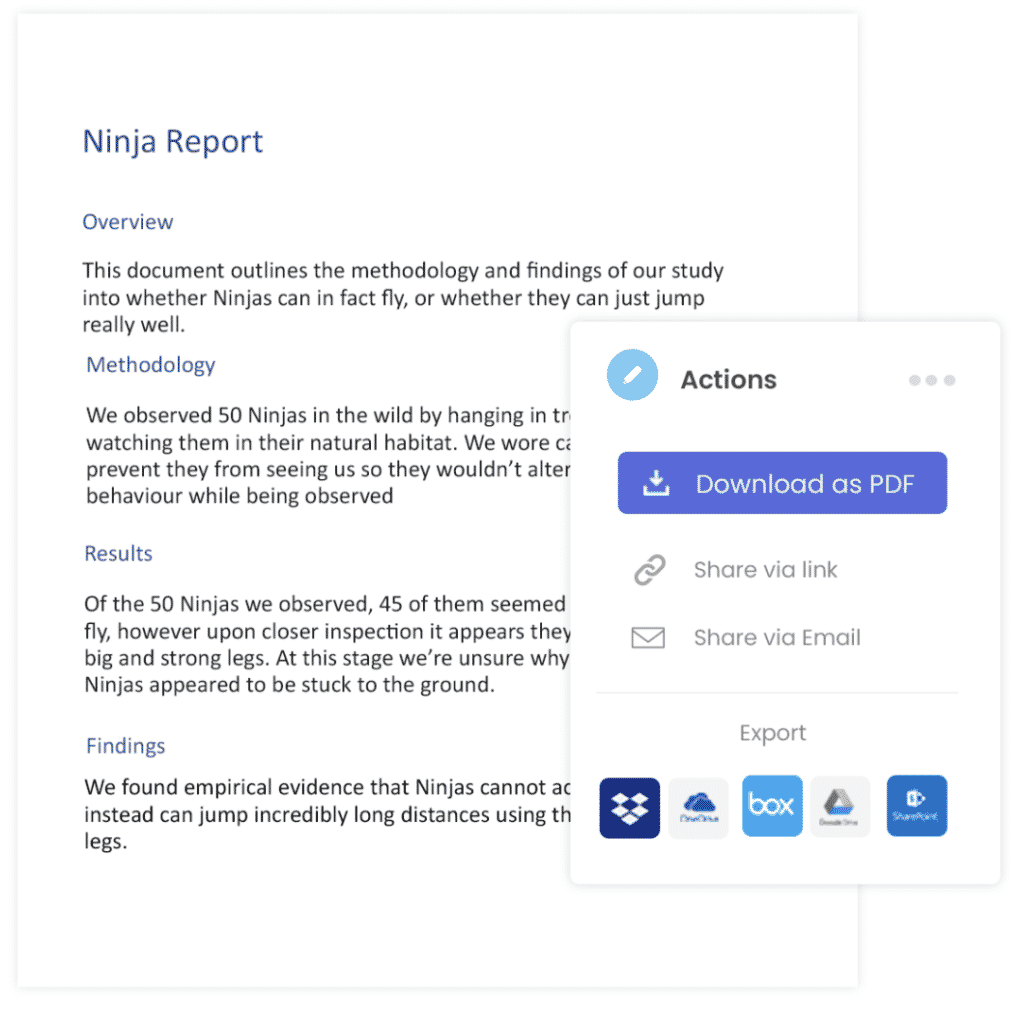Simul Blog
How to Split a page in Microsoft Word
Splitting your document allows you to place information side-by-side on the same page without it being in a column format. A feature often used to lay information side by side or in sections without borders.
If you are an old Wordperfect user and utilised the split page function, you may be wondering how to split your page in Word?
Unfortunately, it is not as simple to split your page in Microsoft Word but there are a few ways you can use other Word features to achieve a similar result.

In this post, we will show you how to use the table function in Microsoft Word to split your page like a pro.
How to create a split page in Word
- Open your Word Document
- Click the Insert Tab

- Click Table
- Under Table, Highlight 2 x 2 squares to create a table of ‘2’ high and ‘2’ wide

- Re-size your table according to your preferences by dragging the bottom right corner of the table

- Right Click anywhere in your box and select Borders and Shading

- Select None under Border Settings
- Press OK

You have now successfully split your page, using the table feature in Microsoft Word. You are able to re-size the boxes by dragging out the invisible table at any time.
On the hunt for an easier way to collaborate and edit a Word Document?
Why isn’t collaborating in Microsoft Word easier?
Why do we always end up with 50 versions of the same document, before reaching a final file?
Why do we always seem to forget to turn tracked changes on before we start editing, even though its something we do daily?
Why do we still accidentally save over an old version, forgetting to re-name it as a new file before pressing save?

These are the most common pain points for almost all Microsoft Word users that are trying to collaborate on a document with their team. These pain points cause a lot of frustration, googling ‘how to undo’ and the loss of valuable billable hours.
With so many of us facing these frustrations, it was only a matter of time before someone created a solution. A solution now provided by Simul Docs.
Simul Docs knows that you want to collaborate without thinking about it.
Simul will always track your changes, even when you forget to turn them on. It’s automatic because without tracked changes you have no way of knowing what edits were made between each version and that’s frustrating.

Simul manages version control for you.
When you open the most recent version of your document and start making edits, Simul also knows that you probably don’t want to save over the old version and will automatically save your file as a new document giving it a new, easy to follow file name such as 0.0.3.
Simul will then give you a full history of the document, in an easy to use ‘versions’ list allowing you to refer back to any version at the click of a button.
When you open an older version, Simul will show you what changed in that version. So you can see who made the changes and where.
How easy is that!

Now that you have your changes tracked and version control sorted, what about the ability to share and collaborate with people outside of your organisation?
Well thats ok too!
If you would like to collaborate with somebody outside of your organisation, you can share the document with them via email, direct link or upload the file to commonly used shared drives such as Dropbox, GoogleDrive, OneDrive, Sharepoint and more.

Simul was built to make collaborating in Microsoft Word easier.
If you face any of these frustrations we suggest you sign up for a free trial.
Trust us, your team will thank you.
Get Started For Free
See how Simul can help you with a 14 day free trial, and paid plans start at just $15 per month.